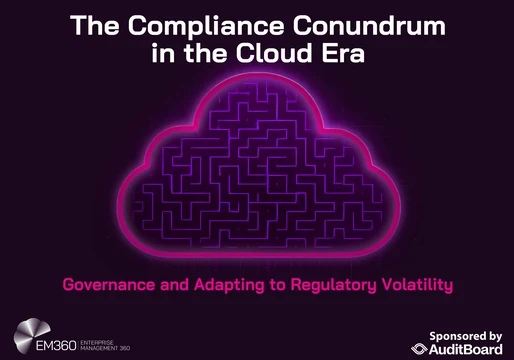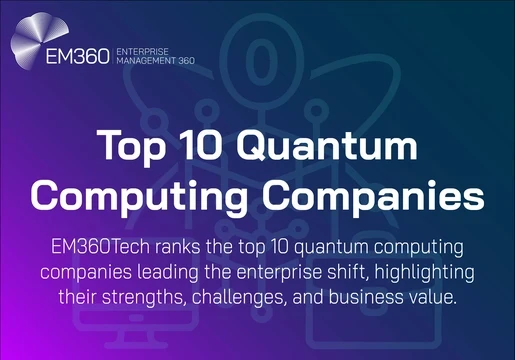
1. Hybrid Work Models and Flexible Arrangements
The hybrid work model, which gained prominence during the pandemic, has solidified its place as a permanent fixture in modern workplaces. Employees increasingly demand flexibility in where and how they work, combining remote work with in-office collaboration. This arrangement supports work-life balance and enhances employee satisfaction.
Impact: Organizations adopting hybrid models report higher retention rates and improved productivity. In India alone, 52% of employees prefer hybrid work setups.
Challenges: Employers must invest in robust infrastructure, such as cloud-based systems and collaboration tools, to ensure seamless workflows for remote teams.
Key Takeaway: Flexibility is no longer a perk but a necessity for attracting and retaining top talent.
2. Integration of Artificial Intelligence and Automation
Artificial intelligence (AI) is revolutionizing workplaces by automating repetitive tasks and enabling smarter decision-making. From AI-powered recruitment tools to personalized learning paths for employees, automation is streamlining operations while freeing up time for creative and strategic endeavors.
Applications: AI helps identify skill gaps, recommend reskilling pathways, and match employees to roles that align with their strengths. It also enhances workforce planning by providing actionable insights into team capabilities.
Employee Sentiment: While 73% of professionals believe AI can improve human connection at work, only 32% of non-supervisory employees share this optimism.
Key Takeaway: Thoughtful implementation of AI can enhance productivity while fostering human-centric collaboration.
3. Enhanced Task Management with Digital Solutions
As workplaces become increasingly complex, effective task management is crucial for maintaining productivity and accountability. Organizations are leveraging task management apps to streamline workflows, prioritize assignments, and enhance team collaboration.
Benefits: These tools provide real-time updates, facilitate communication among team members, and help track progress on projects.
Future Outlook: The integration of AI within task management apps will further optimize resource allocation and deadline adherence.
Key Takeaway: Embracing digital task management solutions will empower teams to work more efficiently and cohesively.
4. Human-Centric Leadership
In 2025, organizations are prioritizing human-centric leadership that values employees as individuals rather than mere contributors to business goals. This approach emphasizes empathy, connection, and purpose.
Benefits: Companies embracing this trend see stronger employee engagement and retention rates.
Implementation: Regular conversations about well-being and collaboration are becoming critical for fostering trust between managers and employees.
Key Takeaway: Leaders who focus on empathy and individual growth create more resilient and motivated teams.
5. Immersive Workspaces Designed for Well-Being
The physical office environment is evolving from sterile cubicles to immersive spaces that engage employees' senses. Sensory-focused designs—such as calming lighting, textured walls, and nature-inspired elements—are being used to enhance creativity, mood, and overall well-being.
Trend Drivers: These designs aim to reduce stress while promoting focus and innovation.
Future Outlook: Workspaces will increasingly incorporate elements like biophilic designs (nature-inspired aesthetics) to foster productivity.
Key Takeaway: The office of the future will be a hub for creativity and collaboration rather than just functionality.
6. Addressing Loneliness as a Business Risk
Loneliness has emerged as both a well-being challenge and a business risk. When employees feel isolated, their engagement levels drop significantly, leading to decreased productivity.
Solutions: Organizations are implementing strategies to promote meaningful interactions among employees through collaboration hubs and team-building activities.
Off-the-Clock Initiatives: Efforts to mitigate loneliness extend beyond working hours, with companies encouraging social connections among employees.
Key Takeaway: Tackling loneliness head-on can improve both employee morale and organizational performance.
7. Diversity, Equity, and Inclusion (DEI) as Strategic Imperatives
Diversity initiatives are no longer optional but central to business strategy in 2025. Companies are embedding DEI principles into hiring practices, leadership development programs, and workplace culture.
Benefits: Inclusive environments foster innovation by bringing diverse perspectives together.
Challenges: Organizations must address generational differences by personalizing employee experiences for Baby Boomers, Gen Xers, Millennials, and Gen Z workers.
Key Takeaway: A diverse workforce is essential for driving creativity and maintaining competitiveness in a global market.
8. Collaboration Over Hierarchy
Traditional hierarchical structures are giving way to collaborative environments that prioritize teamwork over rigid office dynamics. Open spaces designed for brainstorming sessions are replacing closed-door offices.
Impact: This shift fosters innovation by encouraging employees at all levels to share ideas freely.
Technology Integration: Collaboration tools powered by AI further enhance teamwork across remote or hybrid setups.
Key Takeaway: Flattening organizational structures creates an egalitarian culture that drives creativity.
9. Employee Activism Shapes Responsible AI Adoption
As AI becomes integral to workplace operations, employees are taking an active role in shaping its ethical use. Employee activism is pushing organizations to adopt Responsible AI principles that prioritize transparency, fairness, and inclusivity.
Co-Creation: Progressive companies are crowdsourcing ideas from employees on how AI should be implemented.
Engagement Benefits: Employees involved in shaping AI strategies are more likely to feel engaged with their work.
Key Takeaway: Empowering employees in technology decisions builds trust while ensuring ethical innovation.







Comments ( 1 )
Kate Johnson
25/04/2025